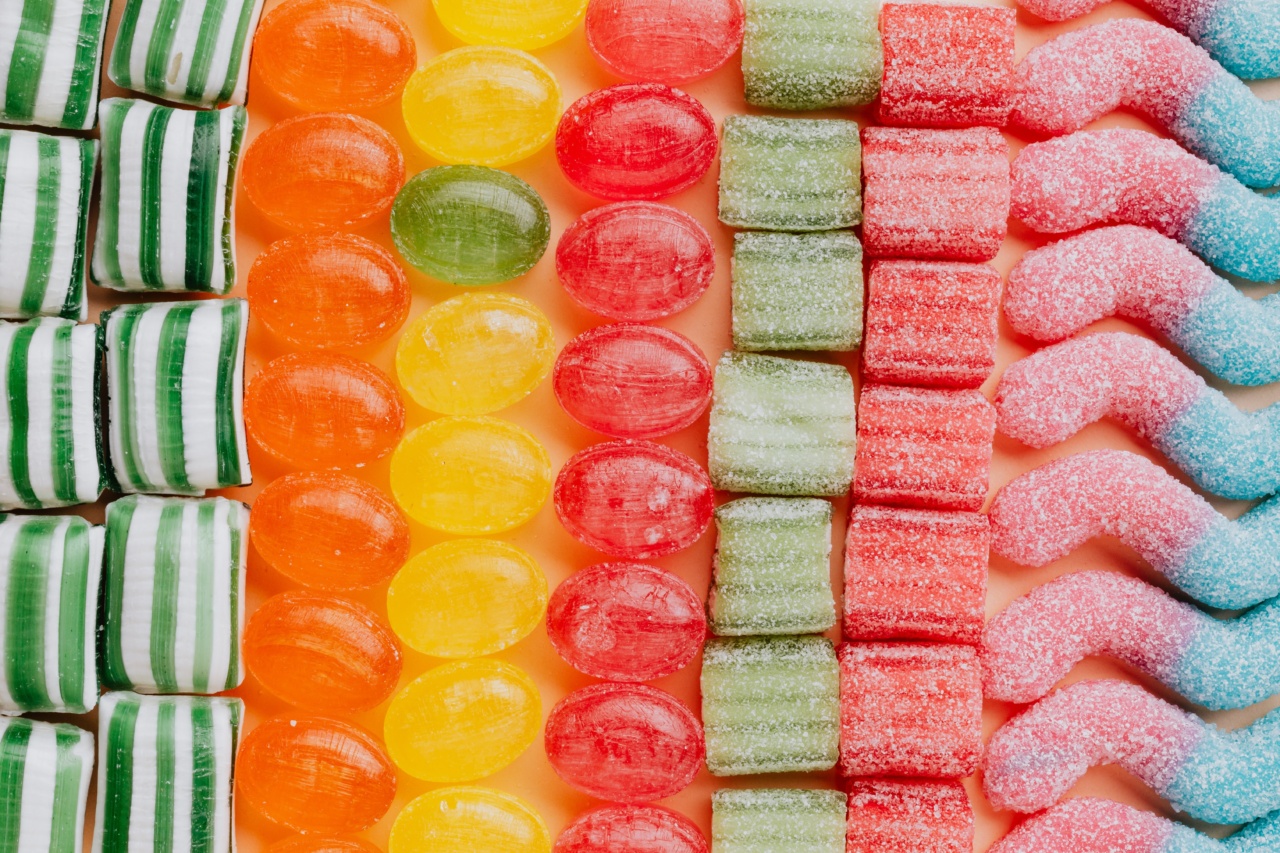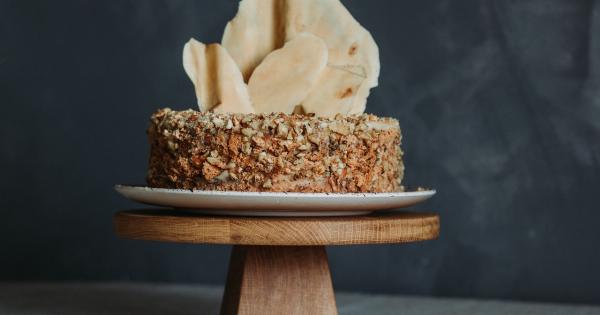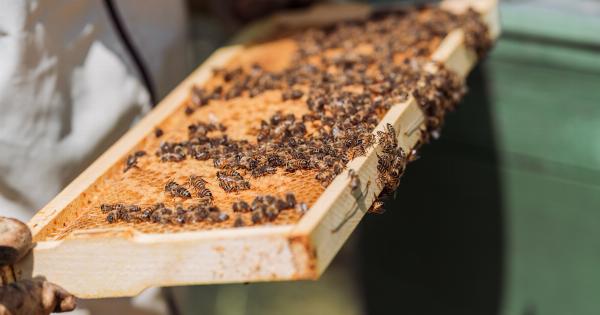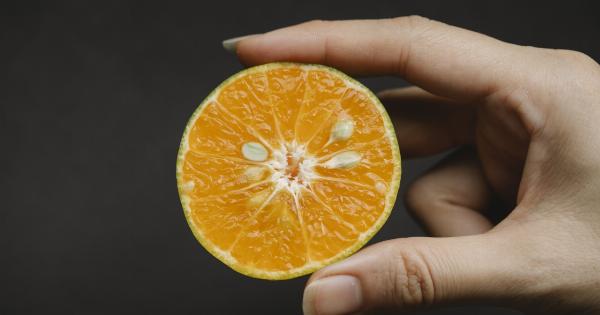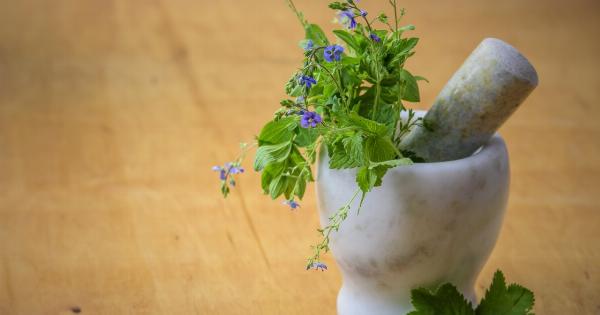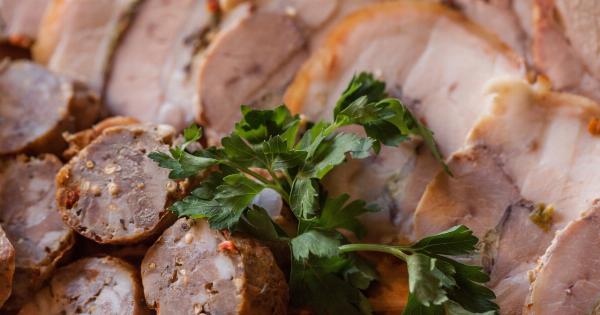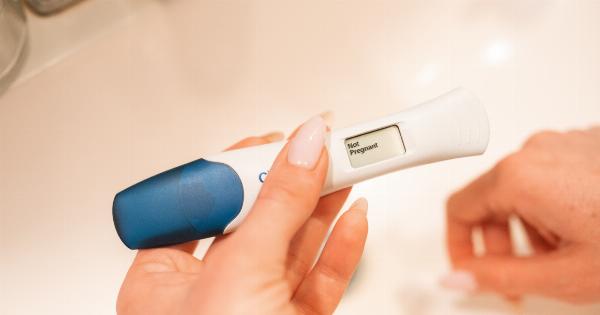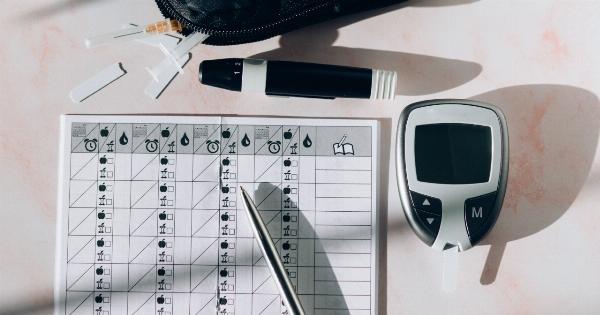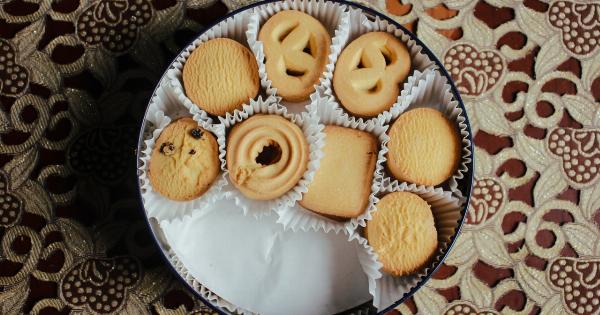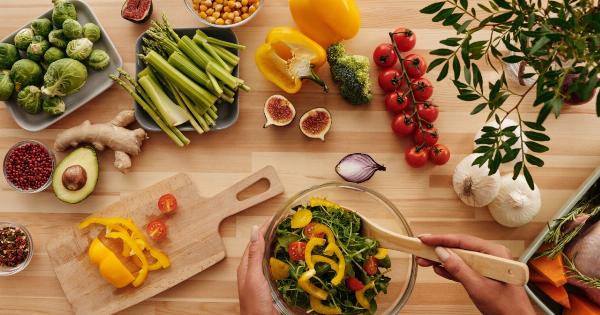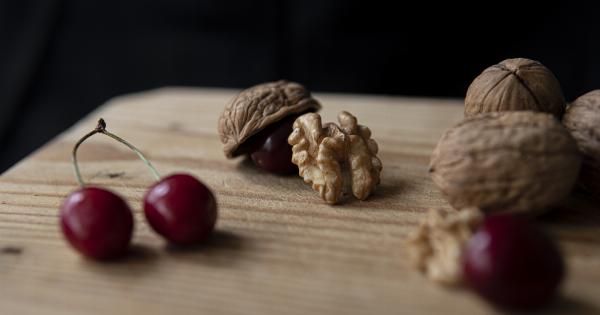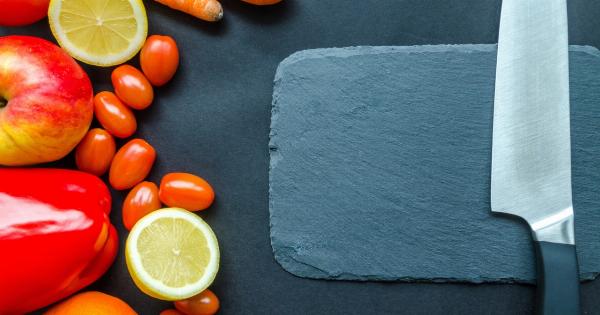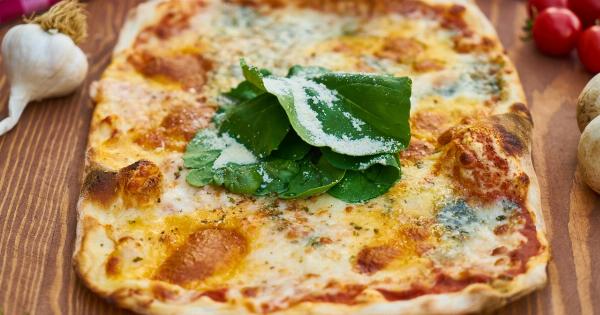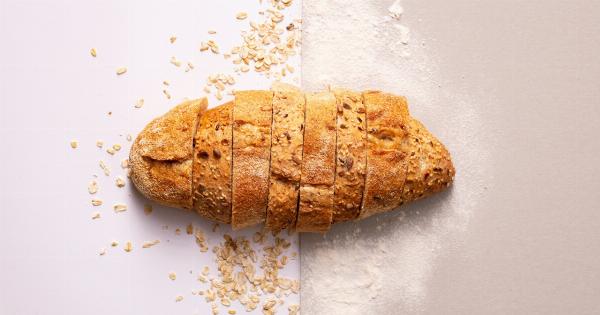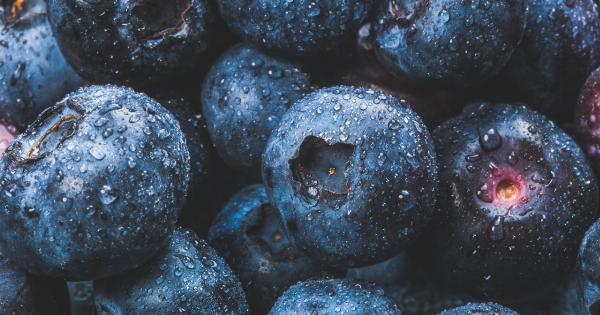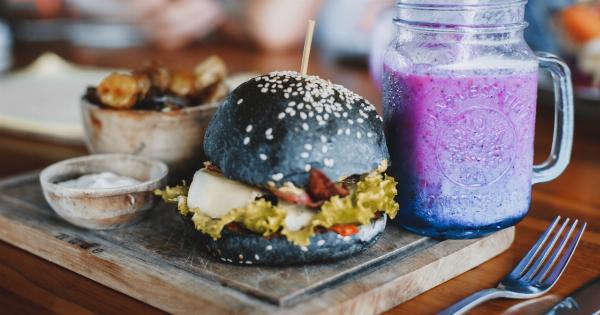Halva is a traditional Middle Eastern and Mediterranean sweet dish, made from tahini (sesame paste) or other nut butters, sugar, and sometimes honey.
This dense confection is often flavored with rosewater, vanilla, saffron, or other spices and is popular in many countries around the world. Despite its delicious taste, halva is a high-calorie and not very nutritious food that can be harmful if consumed in large quantities. In this article, we will discuss halva nutrition facts and answer the question: How many calories are in each bite?.
Halva Calories
Halva is a calorie-dense food due to its high fat and sugar content. Depending on the recipe, a single bite of halva can contain anywhere from 80 to 150 calories.
If you are watching your weight or trying to maintain a healthy diet, it is important to be aware of your halva intake and consume it in moderation. Eating too much halva can lead to weight gain and other health problems.
Halva Nutrition Facts
Halva is not only high in calories but also lacks many essential nutrients. It is low in protein, fiber, vitamins, and minerals, which are necessary for maintaining good health. One tablespoon (about 20 grams) of halva contains:.
- Calories: 113
- Protein: 1.6 grams
- Fat: 9.1 grams
- Carbohydrates: 6.5 grams
- Fiber: 0.3 grams
- Sugar: 5.1 grams
- Sodium: 40 milligrams
- Calcium: 34 milligrams
- Iron: 0.7 milligrams
Health Effects of Halva
Consuming halva in moderation is not harmful, but eating too much of it can lead to health problems. The high sugar content of halva can cause blood sugar spikes and put you at risk of developing diabetes.
Halva is also high in fat, which can contribute to high cholesterol and heart disease. Additionally, halva lacks essential nutrients, which can lead to malnutrition if consumed as a staple food.
Halva Alternatives
If you enjoy the taste of halva but want a healthier option, there are many alternatives that you can try. Some suggestions include:.
- Fruit: Fresh fruits are delicious and naturally sweet, making them a great alternative to halva. Fruits are low in calories and high in fiber, vitamins, and minerals, making them a nutritious choice.
- Dark chocolate: If you are craving something sweet, dark chocolate is a good alternative to halva. Dark chocolate is rich in antioxidants and has been shown to have many health benefits, including improving heart health and reducing inflammation.
- Nuts: If you are looking for a nutty flavor, nuts are a great alternative to halva. Nuts are high in protein, fiber, and healthy fats that can make you feel full and satisfied. Try almonds, pistachios, or walnuts for a nutritious snack.
Conclusion
Halva is a delicious sweet dish that is enjoyed in many countries around the world. However, it is important to be aware of its high-calorie and low-nutrient content.
If you love halva, it is essential to consume it in moderation and to balance it with other nutritious foods. Remember that there are many healthier alternatives to halva, such as fresh fruit, nuts, and dark chocolate, that can satisfy your sweet tooth while providing essential nutrients for good health.
